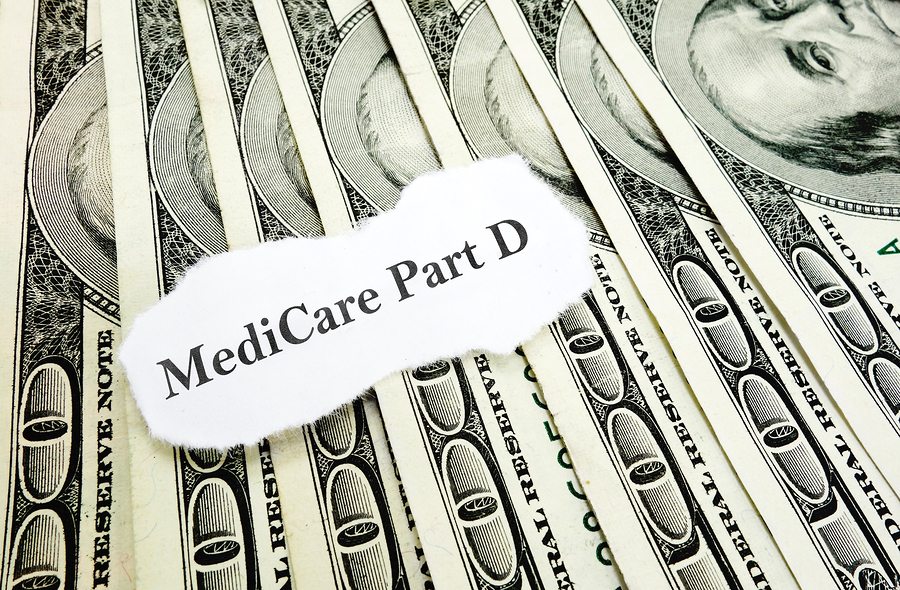
Most patients between 50 and 80 don’t talk to their doctor about their prescription costs. Most trust their doctor’s recommendation, without comparing costs. What they don’t know may be costing them. Many times, less-expensive medications may be available by discussing them with your doctor.
The University of Michigan School of Medicine, with aid from the AARP, conducted a national survey on healthy and balanced aging. This in-depth study uncovered that many patients struggle to pay for their prescription medications. Approximately 2/3 of survey participants reported prescription of two or more medications. For 27% of those patients, the cost of maintaining so many prescriptions has become too high. These patients run the risk of missing doses due to high out-of-pocket costs, putting their health at risk.
The director of the survey, Preeti Malani, is also a Professor of Medicine at University. Dr. Malani expressed concern that if people did not take their prescription medications, they would likely suffer. This is not because doctors are trying to make things difficult. The study indicates improved doctor-patient communication could result in more affordable-yet-effective prescription solutions.
Among those reporting the costs for medication a problem, almost half hadn’t spoken to their doctor about it. 42% of participants thought their doctor was already familiar with the medication price already. A whopping 61% of respondents had not discussed medication costs with their doctor at all.
Dr. Malani thinks these results show an increased need for patient/doctor communication. Patients need to become comfortable speaking about prescription medication costs. At the same time, Dr. Malani encourages doctors to speak to their patients as well. The proof is in the study: of those patients who did speak to their doctor about prescription medicine costs, 67% found a less-expensive solution.
AARP representative Alison Bryant commented on the complexity of the prescription medication costs. Her concerns were that because insurance policies change, so may costs and coverage. This makes it challenging to predict the patient costs for medication. The supplier cost is only one factor of the medication cost for a patient. Bryant recommends patients discuss cheaper alternatives with their doctor or pharmacist. There may be alternate options available reducing out-of-pocket costs.
Determining the total cost for prescription medications becomes more complex with each prescription. Of adults surveyed, 63% report using 2 or more prescriptions on a regular basis. 47% of those take between 2 and 5 medications, while 16% of adults take 6 or more. The greater the number of medications, the greater chance cost will become a problem. Adding doctors to the mix further complicates things. 69% of patients stated seeing two or more different physicians each year.
Many people think their doctors know the out-of-pocket cost of medications they recommend. Dr. Malani says that this is not usually the case. Even your regular physician likely does not know the cost of your prescriptions. This is because of much more than manufacturing cost – many factors contribute to the costs different patients will pay.
Dr. Malani encourages patients to speak up. If you’re filling a prescription and shocked by the cost, ask about it. Your doctor or pharmacist may be able to recommend a less-expensive option. Pharmacists are an excellent yet often-overlooked resource for information and help. They know what costs insurance companies may cover. If the cost of your medication too high, talk to your pharmacist about what options may be available.
You don’t have to rely on a pharmacist. People should not be afraid to comparison shop. Costs can vary depending on many factors, such as:
- Using a lower-cost prescription card
- Registering with a mail-order pharmacy
- Approval for aid programs, either from a pharmaceutical firm, or state government.
The National Survey on Healthy and Balanced Aging is a new study created by the UM Institute for Healthcare. In partnership with Michigan Medicine, the study also receives support and funding from the AARP. This national survey sampled 2,131 adults, dividing them into groups between the ages of 50 to 64, and 65 to 80. The survey has a small margin of error between two and four percent.



